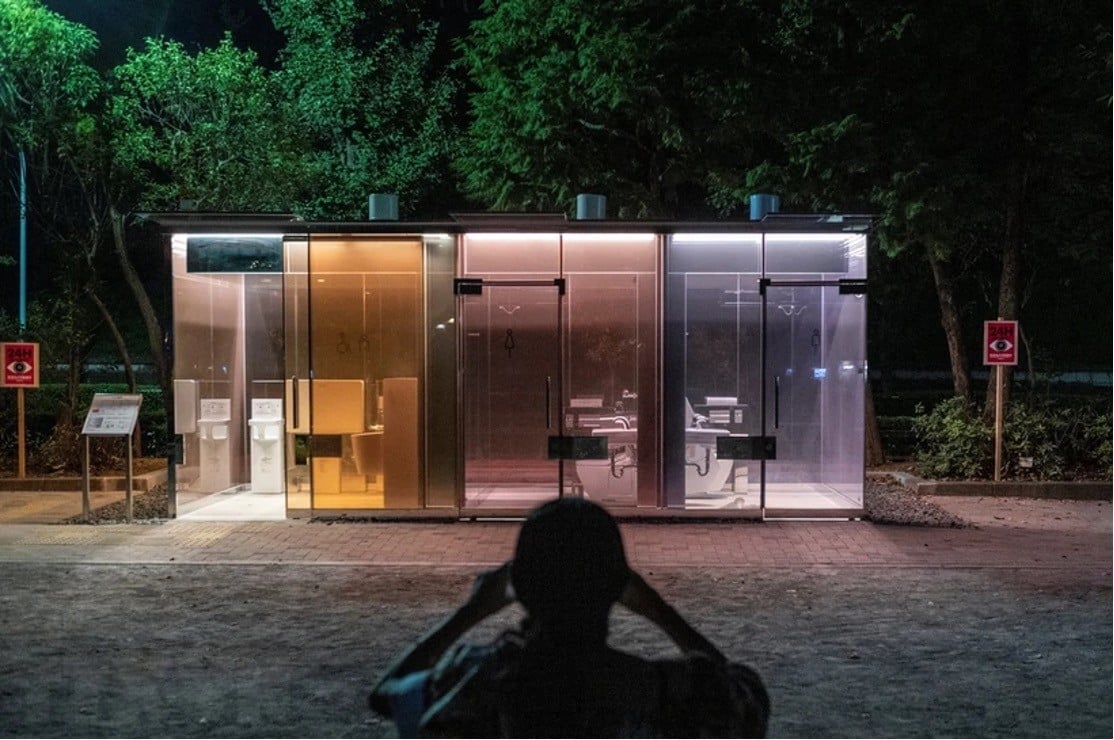 |
| A public toilet with transparent glass walls in Tokyo, Japan. (Source: AFP) |
Japan’s public toilets have attracted international attention as foreign tourists often post pictures of Japan’s beautiful and clean public toilets on social media. With their cleanliness inside and out, public toilets are being upgraded to make users feel more comfortable.
Some communities in Japan even make efforts to turn public toilets into local landmarks.
The special toilet in Nabeshima Shoto Park opens in 2021 and was designed by Kengo Kuma, the internationally renowned architect who designed the National Stadium for the 2020 Tokyo Olympics .
Designed using cedar planks of varying lengths, it is part of the "Tokyo Toilet" project being carried out with the non-profit Nippon Foundation to rebuild public toilets at 17 locations in Shibuya between 2020 and 2023.
A woman in Shibuya ward, Tokyo said: "This toilet blends into the park as if it is not a toilet. It is clean so I feel comfortable when I use it."
But public toilets are increasingly expensive in Japan, where construction costs have doubled in the past decade, now costing more than 100 million yen ($674,217) per toilet in some cases. Kuma and 15 others who have designed new toilets in Japan say the average cost for a completed toilet is nearly 120 million yen.
According to a sample survey by the Building Research Institute in Tokyo, the cost per square meter was about 980,000 yen from 2021 to 2022, nearly double the 510,000 yen from 2006 to 2010.
Despite the increase in construction materials, the increased spending on public restrooms also reflects the local government’s desire to change the “dark and dirty” image of public restrooms. The redesigned restrooms in Shibuya are wheelchair-accessible and feature warm-water bidets. These facilities are regularly cleaned by ward staff.
“Restrooms are increasingly being designed with high ceilings as a measure against odors, natural light and other design features to add brightness,” said Shigeki Ishimaru, president of Toshikan, a public restroom equipment manufacturer.
The conversion of Japanese-style toilets to Western-style ones and the expansion of toilets to accommodate the elderly and disabled are underway. “Costs will increase if accessories such as washing systems, child seats and resting chairs for the elderly and infirm are installed,” Mr. Ishimaru said.
Additionally, there are some tweaks to make it more inclusive of gender minorities.
“Sometimes we propose to arrange a room for both men and women next to the areas for men, women and wheelchair users,” said a representative of Toto, a large enterprise in the field of sanitary equipment production.
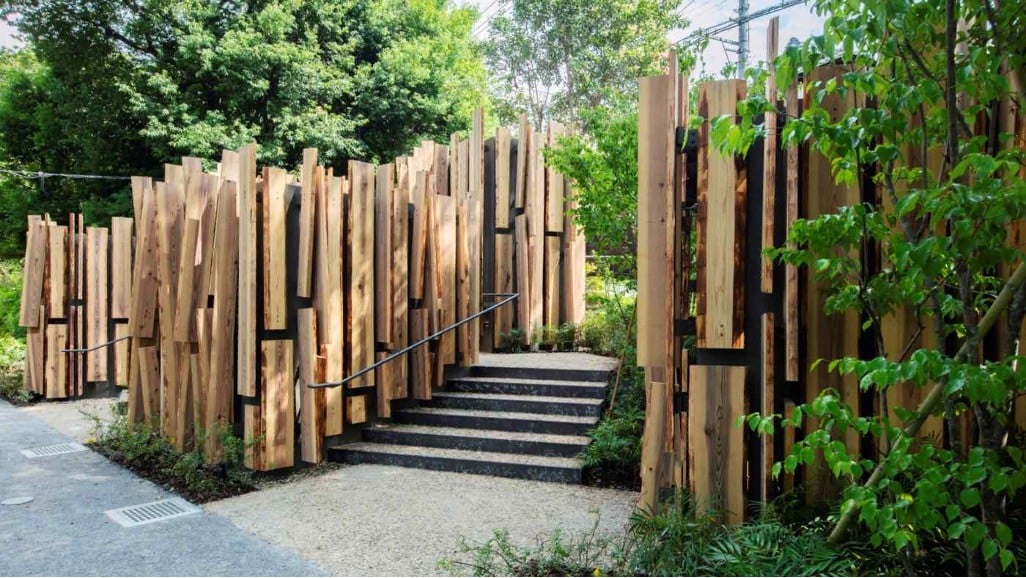 |
| Covered behind a small forest of cedar planks, part of the "Tokyo Toilet" project in Shibuya Ward, Tokyo. (Nippon Foundation) |
“Many local governments are starting to emphasize the importance of public toilets as part of the image of parks,” said Tomomi Ozaki, director of Tokyo Landscape Architects, which designed the park. Public toilets were previously built mainly in the corners of parks. People will be more careful when using public toilets if they are built in more prominent places, Ozaki said.
Tokyo's Minato Ward plans to refurbish about 80 public toilets from this spring. They will be more spacious and equipped with warm water bidets and hand dryers.
Internet of Things technology will facilitate remote management, with sensors detecting problems with seats and other accessories. According to experts, the construction cost will not be less than 100 million Yen per toilet.
“Minato Ward has many commercial areas that are visited by many people, such as Roppongi and Shinbashi. We are considering public toilets to develop the area into a place that is friendly to women and foreigners,” said Tasuku Ebihara, head of the public works division of the ward’s City Development Support Division.
Upgrading and improving public toilets in tourist spots and urban areas becomes a bigger challenge due to the increasing number of foreign visitors. If the toilets in these areas are of poor quality, it will hinder tourists' sightseeing.
The Hatsukaichi City Government, Hiroshima Prefecture, spent 285 million yen in the summer of 2019 to build a shop in Miyajima, the town that is home to the UNESCO World Heritage Site Itsukushima Shrine, into a tourist center and public restroom to improve tourism management and overcome the chronic lack of restrooms.
Tokyo's Chiyoda Ward rebuilt 32 public toilets between 2018 and 2021. The ward also installed a multilingual system to explain proper usage in English, Korean and Chinese, among other languages.
“Local governments with small tax revenues cannot afford to upgrade public toilets,” said Tokyo Landscape’s Mr. Ozaki. Cleaning and maintenance are also expensive.
To help address this problem, in 2017, the Okama prefecture in western Japan auctioned off naming rights to a public toilet in Nishigawa Ryokudo Park in the city center. Kajinon, a local power company, won the naming rights to the toilet in exchange for paying for its renovation and daily maintenance.
Source


![[Photo] Keep your warehouse safe in all situations](https://vphoto.vietnam.vn/thumb/1200x675/vietnam/resource/IMAGE/2025/10/1/3eb4eceafe68497989865e7faa4e4d0e)



![[Photo] President of the Cuban National Assembly visits President Ho Chi Minh's Mausoleum](https://vphoto.vietnam.vn/thumb/1200x675/vietnam/resource/IMAGE/2025/10/1/39f1142310fc4dae9e3de4fcc9ac2ed0)
![[Photo] Hanoi morning of October 1: Prolonged flooding, people wade to work](https://vphoto.vietnam.vn/thumb/1200x675/vietnam/resource/IMAGE/2025/10/1/189be28938e3493fa26b2938efa2059e)
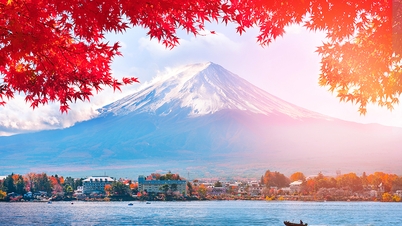




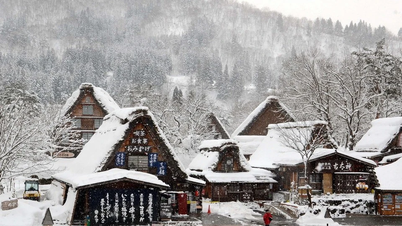
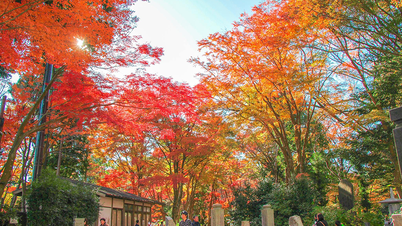
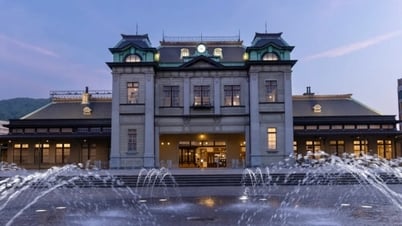
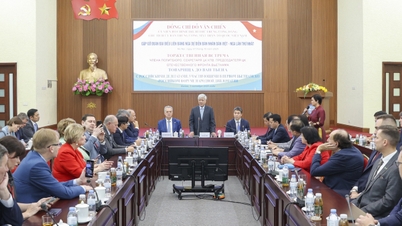





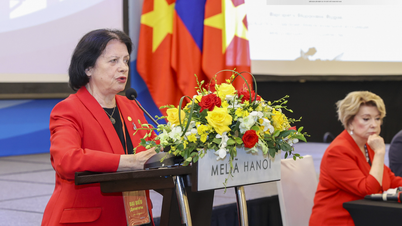
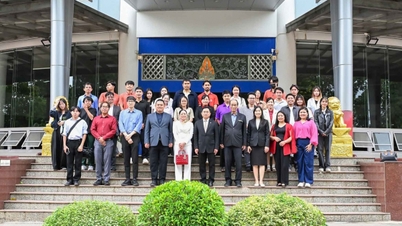
















































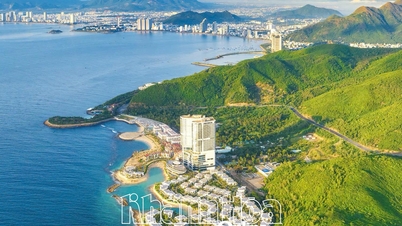

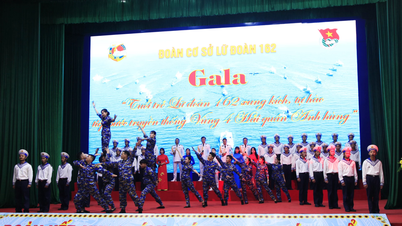


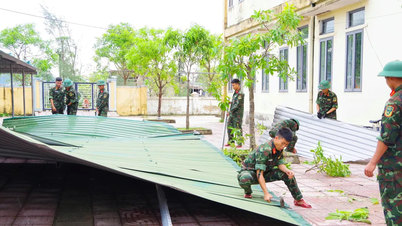

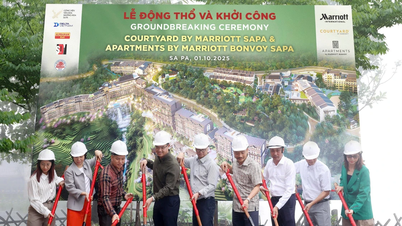

















Comment (0)